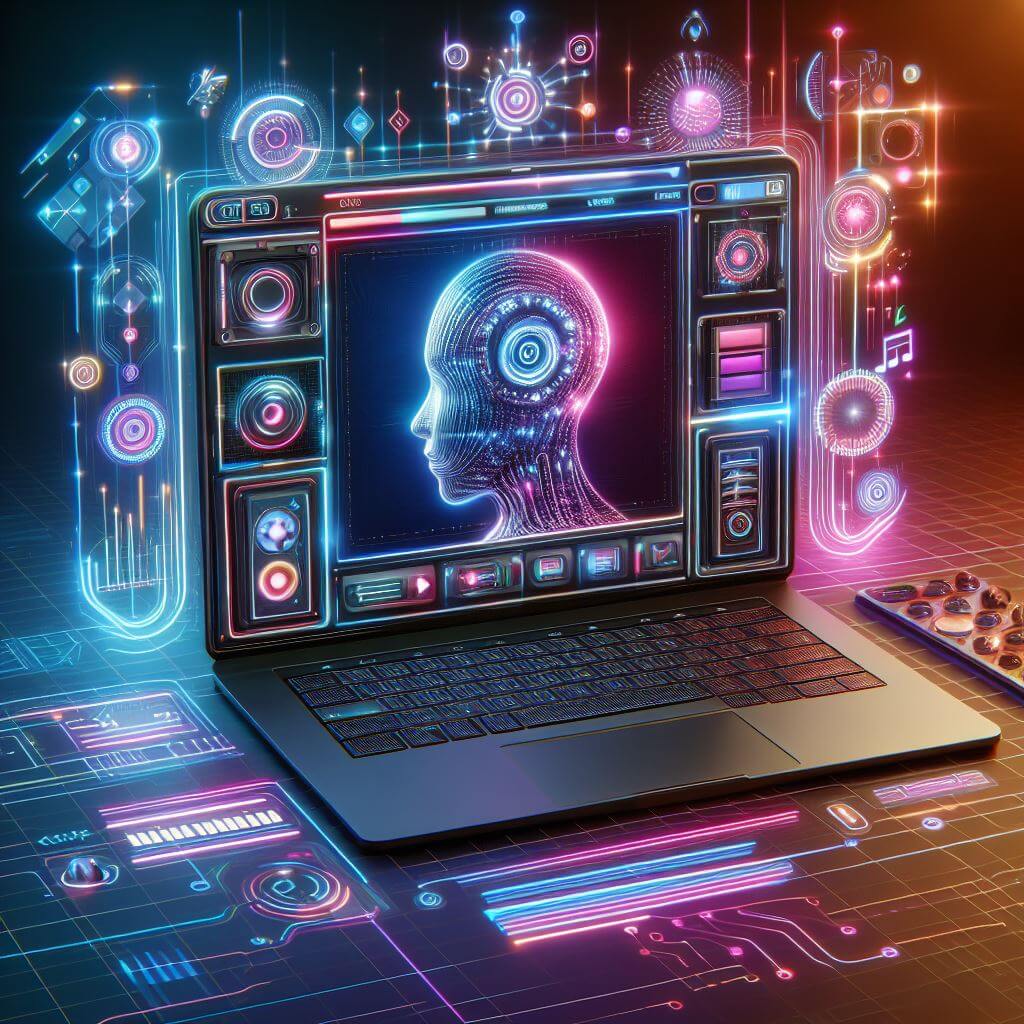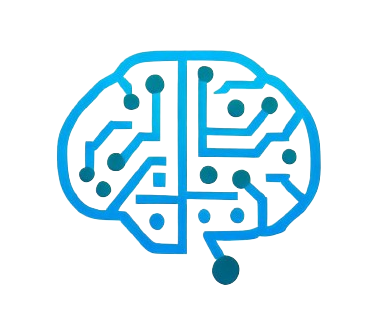A team of AI experts from Google’s research division has unveiled an advanced AI-based text-to-video platform known as Lumiere. The team detailed their groundbreaking work in a manuscript available on the arXiv repository.
 Recently, artificial intelligence technologies have moved from experimental phases in scientific settings to widespread use by the general population. Large language models such as ChatGPT, for example, have been adopted by web browsers, offering users new ways to create textual content. The introduction of text-to-image frameworks has allowed users to create whimsical and creative visual effects. In addition, text-to-video systems have given people the ability to create short video clips solely from textual descriptions. Building on this innovation, Google Group has raised the bar for text-to-video conversion with its latest unveiling of Lumiere.
Recently, artificial intelligence technologies have moved from experimental phases in scientific settings to widespread use by the general population. Large language models such as ChatGPT, for example, have been adopted by web browsers, offering users new ways to create textual content. The introduction of text-to-image frameworks has allowed users to create whimsical and creative visual effects. In addition, text-to-video systems have given people the ability to create short video clips solely from textual descriptions. Building on this innovation, Google Group has raised the bar for text-to-video conversion with its latest unveiling of Lumiere.
Named after the pioneers the Lumière brothers, known for their contributions to the early motion picture inventions, Lumière allows people to enter a simple phrase such as “two raccoons side by side reading books” and get a high-definition video created that depicts just such a scenario. This tool represents an evolutionary leap in text-to-video synthesis, providing improved image quality. Google described the engine at work in this new tool as a pioneering “U-Net spatiotemporal network architecture” designed to render animated sequences through a single, comprehensive processing flow.
The demo video shows that Google has integrated additional features: for example, users can modify existing videos by tagging a segment and entering commands like “change the shade of clothing to dark red,” prompting the system to initiate the change. The platform is also versatile in its output, offering variations such as stylizations, where figure aesthetics are generated instead of a traditional full-color image, as well as the ability to reference sub-styles. It is also capable of creating cinemagraphs, allowing you to animate a specific area or an entire static image. In their statement, Google did not specify whether they would make Lumiere available for public use, likely due to the potential legal complications that could arise when creating videos that violate copyright provisions.
